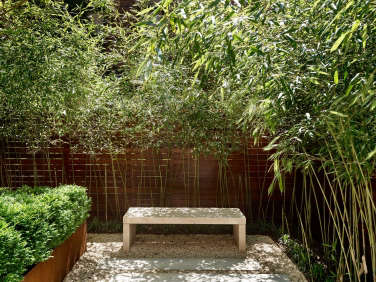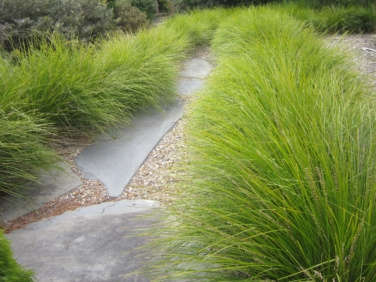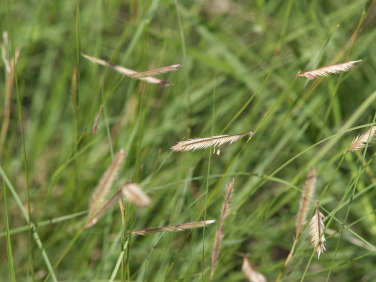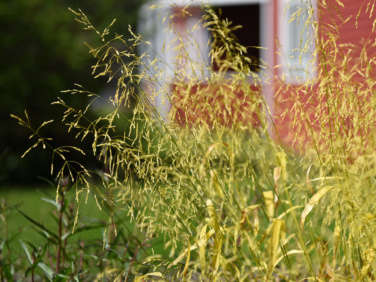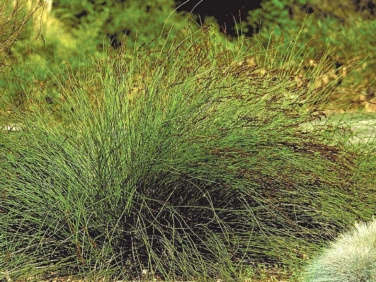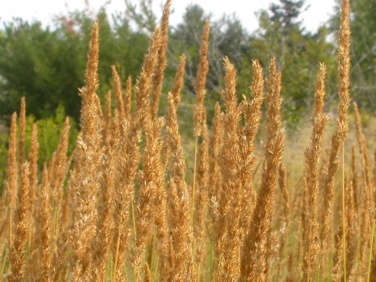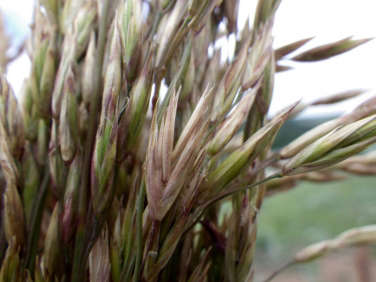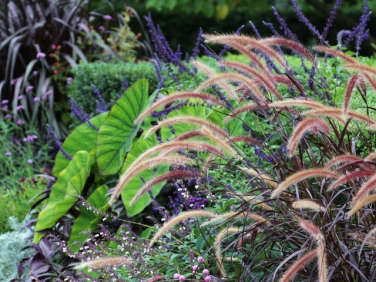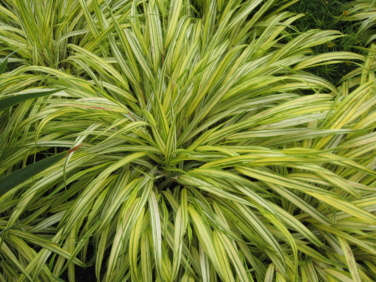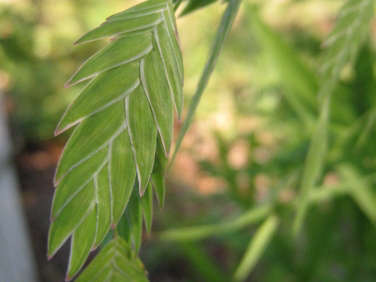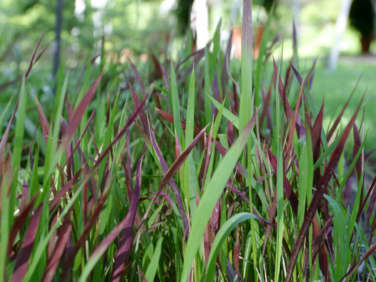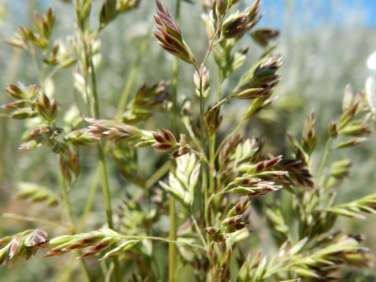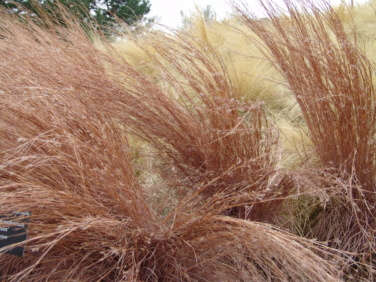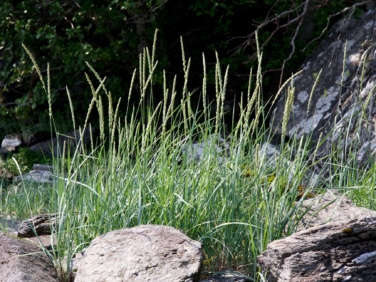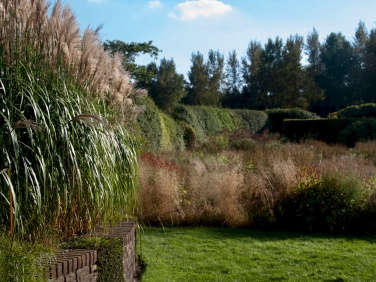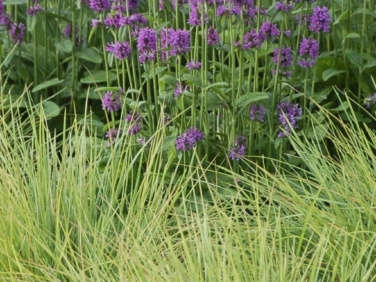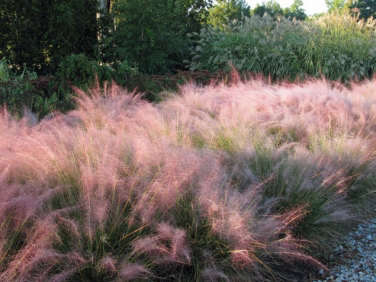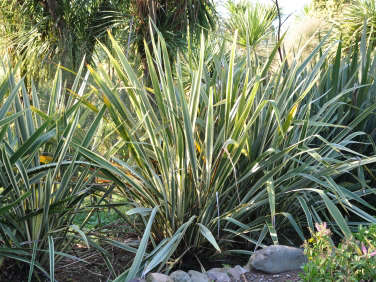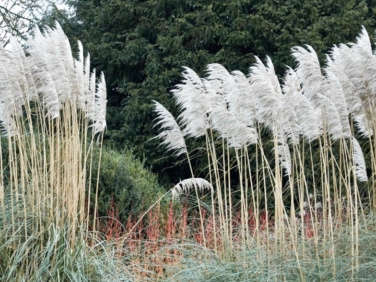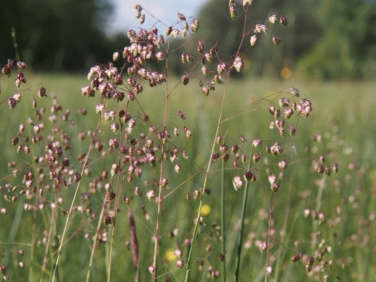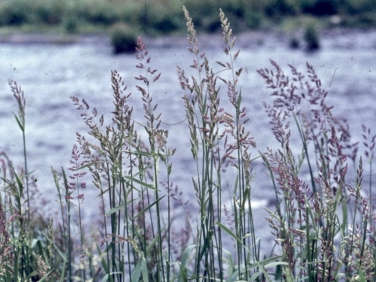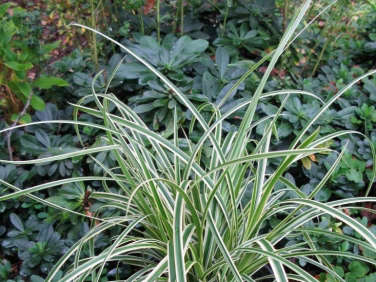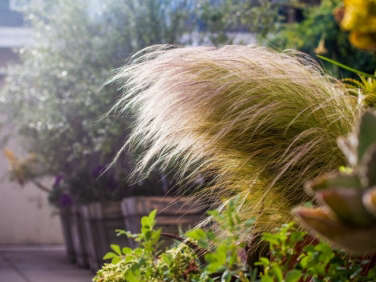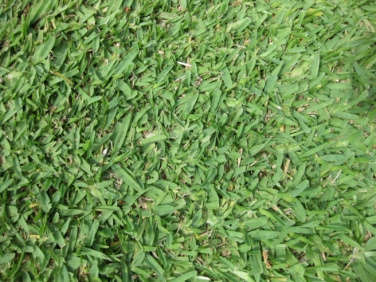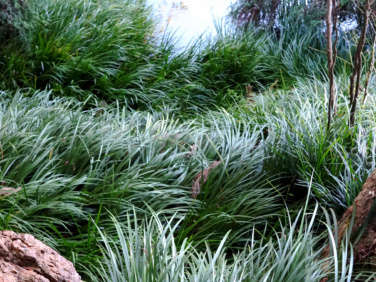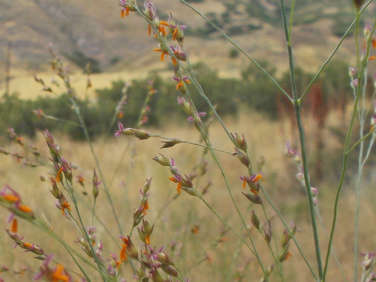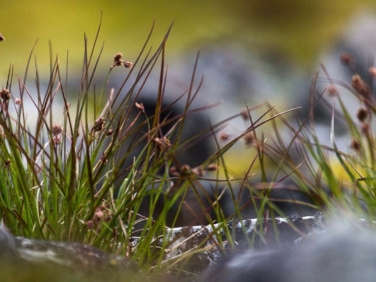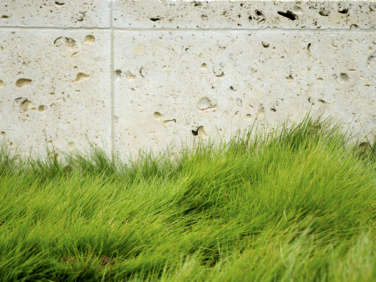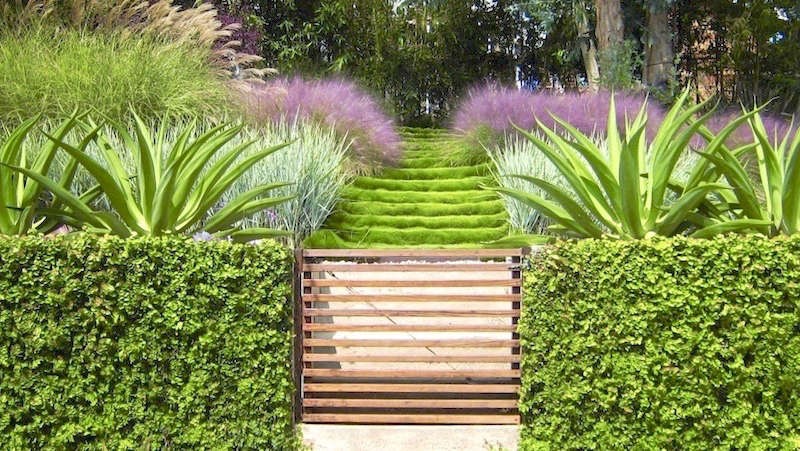

So many grasses, so little time. To select the best variety of grass for your garden, you can narrow down the choices by knowing the basics: There are three main categories, including ornamental grasses (the darlings of designers who want to create hazy swaths in a landscape) to rushes, to turf grasses (the wall-to-wall outdoor carpeting known as a lawn).
Turf grasses have a bad reputation for being water hogs, but that’s not a fair assessment. For instance, Zoysia (the golf-course grass) will turn brown if not watered, but will perk right back up next spring.
Rushes (which belong to the Juncaceae plant family) look like grasses, act like grasses, and talk like grasses. A main difference is in their appearance; the foliage looks like long, cylindrical reeds. Both Cape rush (named for its home in South Africa) and wood rush are easy-going perennials to add texture to a garden.
Ornamental grasses have revolutionized landscapes in recent years, creating airy backdrops to flower beds and introducing new choices for environmentally friendly, low-water plants in garden design. Ornamental grasses often grow in clumps or mounds which look good almost anywhere: in garden beds (planted i among the perennials), in meadows (mixed with native wildflowers), and in large-scale landscapes (sprawled in painterly drifts). As Dutch master gardener Piet Oudolf does, a home gardener may want to leave the skeletal winter stalks in place to create architectural interest.)
Perennial ornamental grasses are workhorses. They’re hardy, drought-tolerant four-season performers. Unlike turf grasses with running roots that can choke other plants, ornamental grasses tend to spread slowly like mats (as sedges (Carex) and maiden grasses (Miscanthus) do) or to form clumps (as do Stipa, Hakonechloa, and Muhlenbergia). See more inspiration in 10 Garden Ideas to Steal from Superstar Dutch Designer Master Piet Oudolf.
